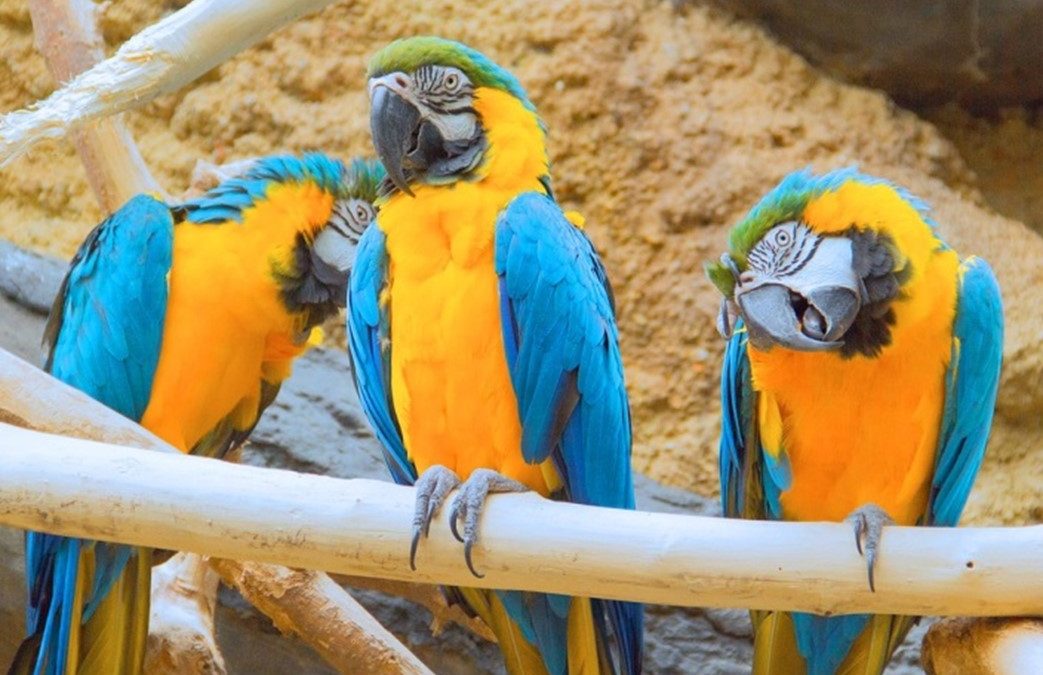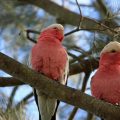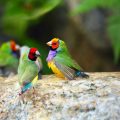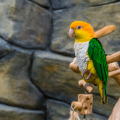In order to have a clear sketch of how Macaws reproduce, this section will show you the breeding process and the information you need to know, so that your pets can successfully procreate.
a.) Selecting Macaws for Breeding
For you to select a healthy, fertile and active parrot it is recommended that your parrot undergoes clinical examination by a veterinarian. This is essential to determine if your parrot is capable of reproduction or not and at the same time it can prevent diseases that could be transmitted to the coming flock.
b.) Setting up a Good Nesting Environment
Macaws in the wild usually nest in tree hollows or cliff openings; in captivity, you need to set up a nice environment to replicate that natural breeding and dwelling place so that they can successfully mate and create healthy clutches. The nest box size should ideally measure
12 x12 x 36 inches with a minimum size of no less than
12 x 12 x 36 inches.
Keep in mind that the box should be three times the size of your macaw. It is highly recommended that the nest box is wide so that your macaws can have lots of space to move around and that it should ideally be made out of oak or wood.
The nest box typically has a circular or round entrance hole but since macaws are quite larger than the usual kinds of parrots, the hole should be square. Make sure that a strong wire is attached to the outside walls of the nest to prevent from escaping and do not hang it on the wall like other parrots’ nests, macaws are strong and will chew on anything so to avoid breaking the nest box, put it on a platform instead.
c.) Nesting Materials
If you prefer to build your own nest box instead of buying one, you have to make sure that the materials you use are strong so that it will have a good foundation otherwise, your macaws could easily destroy it.
You should also put short pieces of wood or wood chips inside the box for your birds to chew; you can also give them bite-sized timber. This may help the breeders increase the percentage of fertile eggs and synchronize their breeding cycle as well.
d.) Brooding and Incubation
Breeding season happens usually around the months of February to June. Large macaws have one clutch per year while smaller macaws have 2 – 3 clutches. On average females lay about 2 – 4 eggs per clutch and incubation starts after the first egg is laid, it usually takes about 26 – 28 days. There is a 3 day interval for larger macaws while smaller macaws’ interval after the first egg is 2 – 3 days. The chicks become independent and leave the nest in usually 2 – 3 months.
e.) Hatching
On average, the eggs hatch in about 24 – 48 hours after the incubation period for all types of macaws and it takes about 2 – 3 months before the young macaws leave the nest. Consult your vet on the suitable type of diet and vitamins or supplements needed for your baby macaws.






 Author and long-time animal lover. Sharing knowledge on pet care through experience and the written word.
Author and long-time animal lover. Sharing knowledge on pet care through experience and the written word.